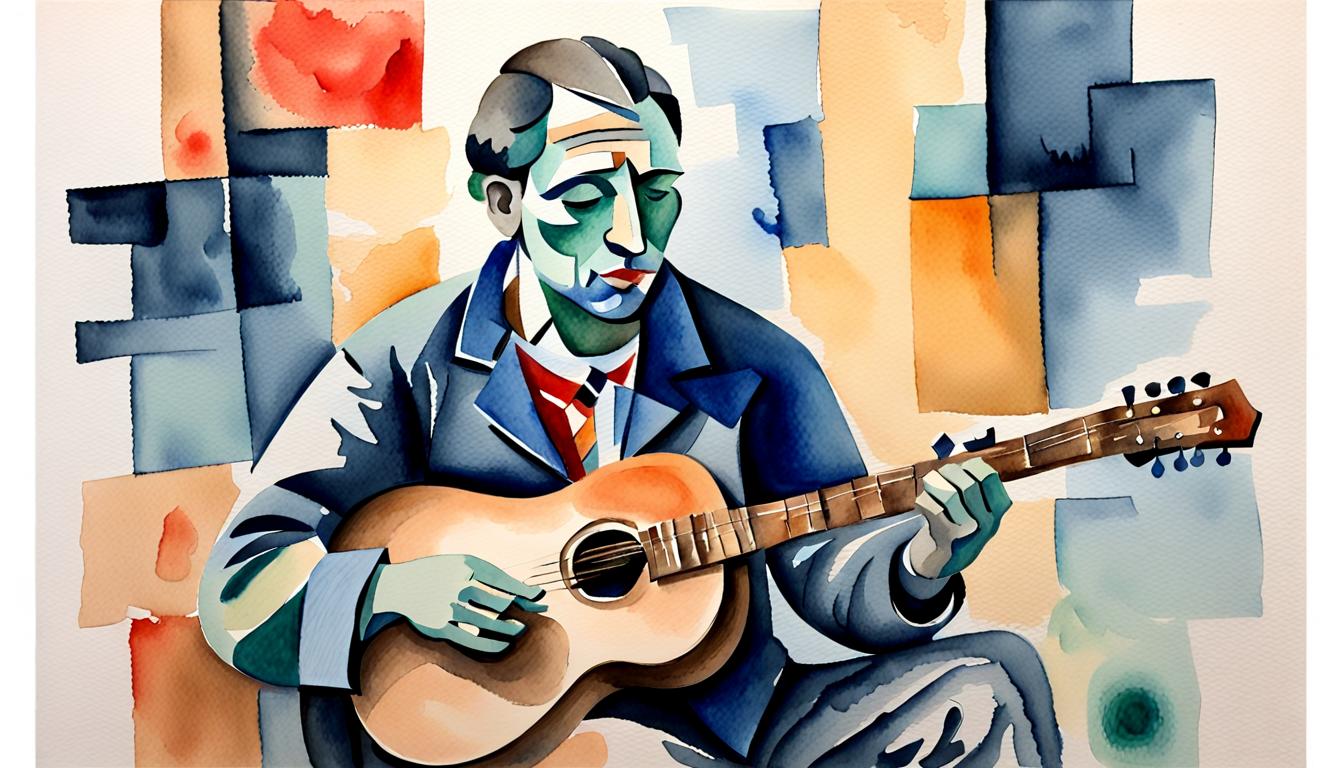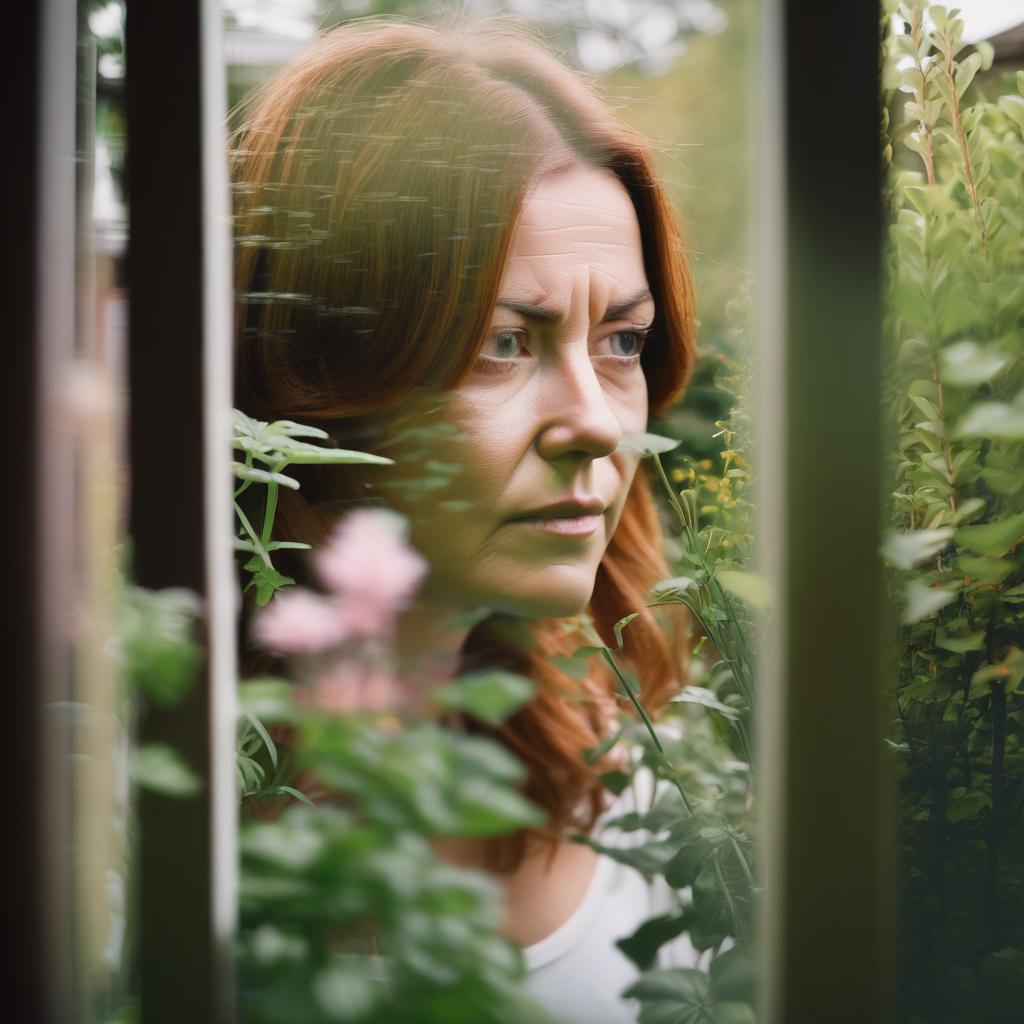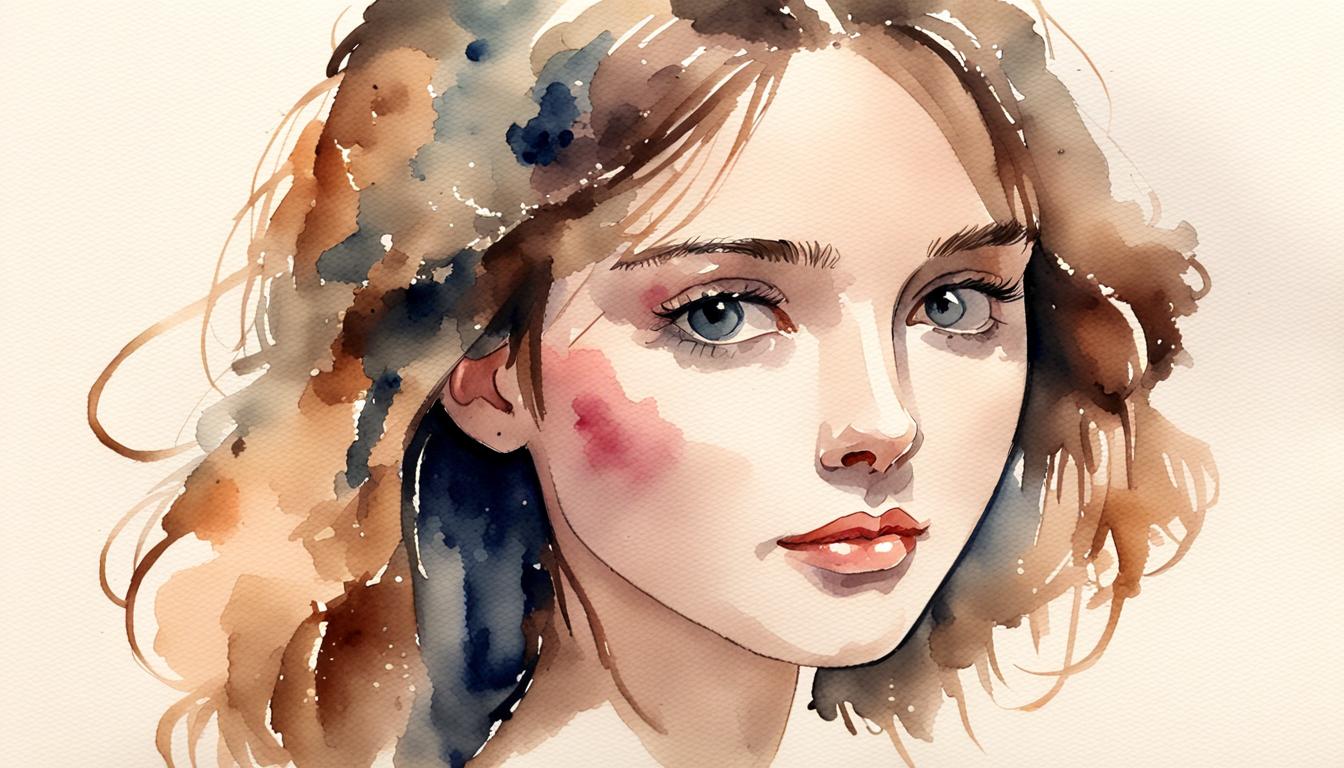Unleash your creativity and embark on a journey of artistic exploration as we dive into the captivating world of watercolor landscapes. Whether you are an experienced artist or someone who simply enjoys the beauty of nature, this enchanting art form offers endless possibilities for self-expression. In this guide, we will delve into expert tips and techniques that will help you master the art of watercolor landscapes, capturing the essence of serene mountains, lush green fields, and breathtaking sunsets. From selecting the right materials to understanding color theory and mastering brushwork, we will provide you with all the tools you need to bring your imagination to life on paper. Join us as we explore the magic of watercolor landscapes and unlock your artistic potential. Get ready to create stunning works of art that will transport you and your viewers to a world of beauty and tranquility.
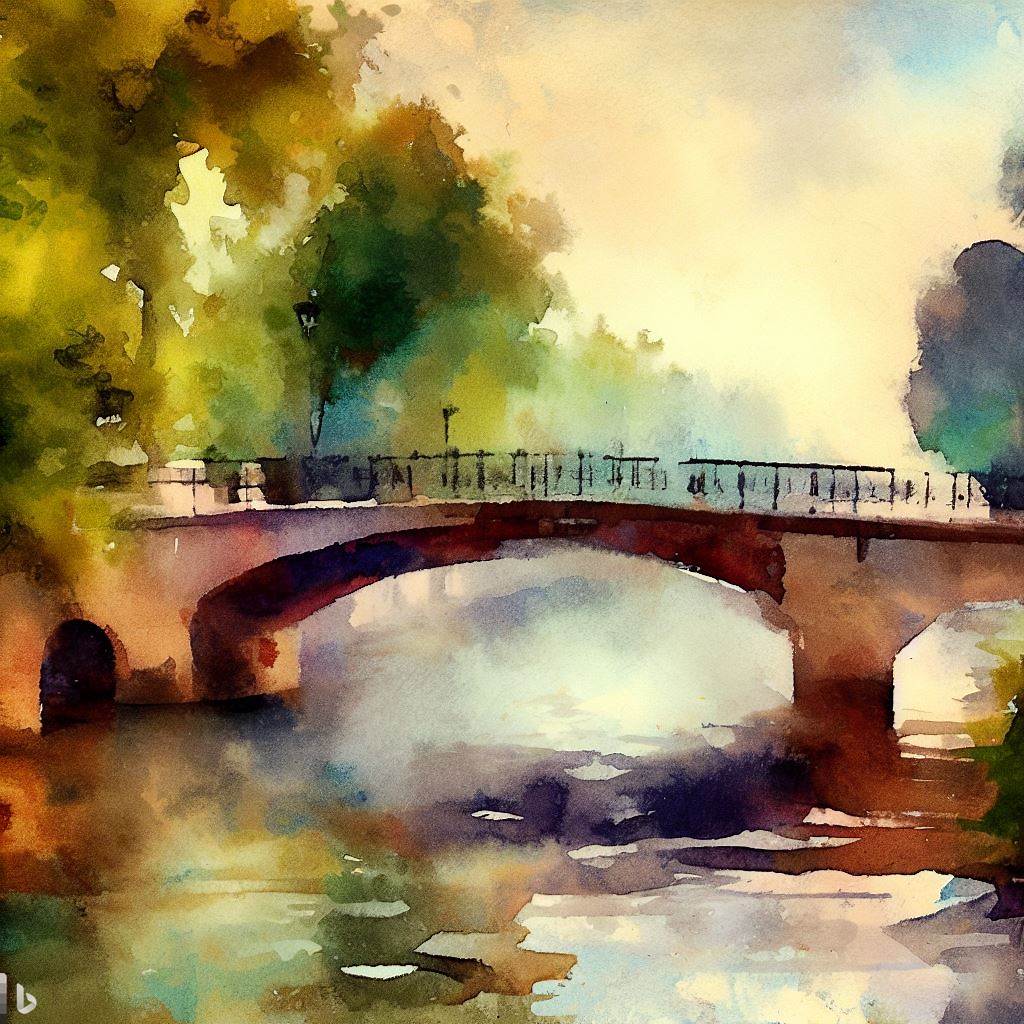
Benefits of painting landscapes with watercolors
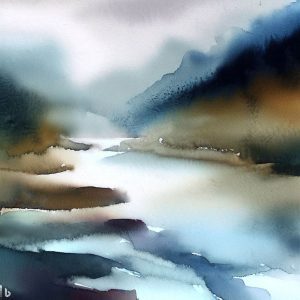
Watercolor landscapes offer a unique set of benefits that make them a popular choice among artists. One of the key advantages is the versatility of the medium. Watercolors allow you to create both bold, vibrant strokes and soft, delicate washes, making them ideal for capturing the ever-changing moods of nature. The transparency of watercolors also adds a luminous quality to your paintings, giving them a sense of depth and atmosphere. Additionally, the portability of watercolor paints and the minimal setup required to make them perfect for outdoor painting sessions, allowing you to immerse yourself in the beauty of nature while capturing it on paper.
Another benefit of watercolor landscapes is the ease with which you can achieve a sense of spontaneity and looseness in your paintings. The transparent nature of watercolors allows the white of the paper to shine through, creating a sense of light and freshness. This quality lends itself well to capturing the ethereal beauty of landscapes, where the play of light and shadow is often the defining characteristic. With watercolors, you can create soft edges, blend colors seamlessly, and add subtle nuances that bring your landscapes to life.
Essential watercolor techniques for landscapes
Mastering a few key watercolor techniques will greatly enhance your ability to paint stunning landscapes. One important technique is wet-on-wet, where you apply wet paint onto a wet paper surface. This technique allows the colors to blend and flow together, creating soft edges and a sense of fluidity. It is particularly useful for capturing the softness of clouds, the movement of water, and the atmospheric effects of mist and fog. Experimenting with different brush sizes and strokes will give you a range of textures and effects to work with, adding depth and interest to your landscapes.
Another essential technique in watercolor landscapes is dry brush
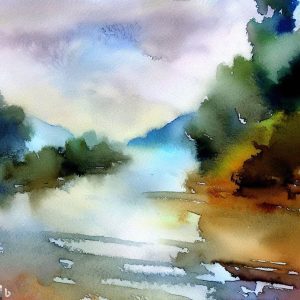
This technique involves using a relatively dry brush to apply paint onto a dry or slightly damp paper surface. Dry brush strokes create texture and detail, making them perfect for adding the intricate details of trees, foliage, and rocks. Dry brush strokes can also be used to create the illusion of texture, such as the roughness of tree bark or the smoothness of a lake’s surface. By varying the pressure and angle of your brush, you can achieve different effects and bring your landscapes to life.
Choosing the right materials for watercolor landscapes
Selecting the right materials is crucial for achieving the desired results in your watercolor landscape paintings. The quality of your paints, brushes, and paper can greatly impact the final outcome. When it comes to watercolor paints, investing in artist-grade paints will give you richer, more vibrant colors that are easier to work with. Artist-grade paints also tend to have higher pigment concentrations, allowing for better color mixing and layering. However, if you’re just starting out or on a budget, student-grade paints can still produce beautiful results.
In terms of brushes, it is advisable to have a variety of sizes and shapes to suit different painting techniques and subject matter. Synthetic brushes are a popular choice for watercolor landscapes, as they are durable, hold their shape well, and are more affordable than natural hair brushes. Round brushes are versatile and can be used for both broad washes and fine details, while flat brushes are ideal for creating sharp edges and precise lines. Experimenting with different brush sizes and shapes will help you find the ones that work best for your style of painting.
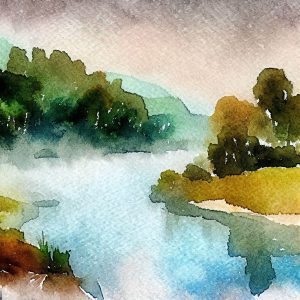
When it comes to paper, choosing the right surface is essential. Watercolor paper comes in different textures, such as rough, cold-pressed, and hot-pressed. Rough paper has a more textured surface that adds an interesting texture to your paintings, while cold-pressed paper has a slightly textured surface that strikes a balance between texture and smoothness. The hot-pressed paper has a smoother surface that is ideal for detailed work. It is recommended to experiment with different paper textures to find the one that suits your painting style and preferences.
Finding inspiration for your watercolor landscapes
Inspiration can be found in every corner of the world around us. Whether you’re exploring a nearby park or traveling to a remote destination, there are endless opportunities to capture the beauty of landscapes in your watercolor paintings. One way to find inspiration is to spend time in nature, observing the colors, shapes, and textures of the landscape. Pay attention to how the light changes throughout the day and how it interacts with the elements in the environment. Take photographs, make sketches, or simply soak in the atmosphere to gather inspiration for your paintings.
Another source of inspiration is other artists. Study the works of famous watercolor landscape artists and analyze their techniques, color choices, and compositions. Look for artists whose style resonates with you and try to incorporate elements of their work into your own. Joining art communities and participating in workshops or classes can also provide valuable inspiration and guidance. Surrounding yourself with like-minded artists and sharing ideas and experiences can ignite your creativity and help you grow as an artist.
Step-by-step guide to painting a watercolor landscape
Now that you have gathered inspiration and have a good grasp of essential techniques and materials, let’s dive into a step-by-step guide to painting a watercolor landscape. Start by sketching the basic composition of your landscape on your watercolor paper using a light pencil. This will serve as a guideline for your painting. Next, wet the paper with clean water using a large brush or a spray bottle. This will help the colors blend and flow together more easily.
Begin by applying a light wash of the sky using a mix of blue and a touch of purple. Work quickly to avoid hard edges and allow the colors to blend naturally. While the sky is still wet, add some clouds by lifting off paint with a clean, damp brush or a tissue. This will create the illusion of fluffy clouds against the blue sky. Next, move on to the middle ground and background of your landscape. Use lighter, more muted colors to create distance and depth. Add details such as trees, hills, or distant buildings using dry brush strokes.
Once the background is complete, move on to the foreground. This is where you can add more vibrant colors and intricate details. Use a combination of wet-on-wet and dry brush techniques to create texture and interest. Pay attention to the play of light and shadow, and use darker colors to create depth and contrast. Add final details such as grass, flowers, or rocks to complete your watercolor landscape. Remember to step back and observe your painting from a distance to ensure a balanced composition and overall harmony.
Tips for creating depth and perspective in your watercolor landscapes
Creating depth and perspective is essential for realistic and visually appealing watercolor landscapes. One effective technique is the use of overlapping elements. By placing objects in front of each other, you can create a sense of depth and distance. Start with the largest objects in the foreground and gradually work towards the background, adding smaller and less defined shapes. This technique mimics how our eyes perceive depth in the real world.
Another way to create depth is through the use of value and contrast. Objects that are closer to the viewer tend to have more contrast and darker values, while those in the distance appear lighter and less defined. By carefully observing the interplay of light and shadow in your reference photo or the landscape you are painting, you can replicate these effects in your watercolor painting. Pay attention to the direction of light and use a combination of wet-on-wet and dry brush techniques to achieve the desired effects.
Adding details and textures to your watercolor landscapes
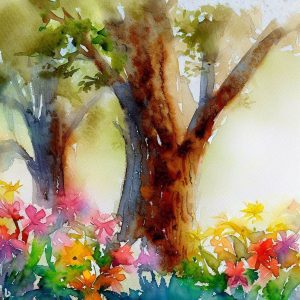
Details and textures add interest and realism to your watercolor landscapes. To create texture, experiment with different brush strokes and techniques. For example, dry brush strokes can be used to create the appearance of rough tree bark or the texture of rocks. Splattering or flicking paint onto your paper can mimic the effect of leaves or grass. Using a toothbrush or a stiff brush, you can create the illusion of texture in the sky or water by lightly scrubbing the paper.
Adding details such as flowers, foliage, or small animals can bring your watercolor landscape to life. Use a smaller brush and a steady hand to paint these details. Pay attention to the colors, shapes, and sizes of the objects you are depicting. By observing the world around you and studying reference photos, you can gain a better understanding of how these elements appear in nature. Remember to add details selectively and avoid overcrowding your painting. Sometimes, less is more when it comes to capturing the essence of a landscape.
Exploring different styles and approaches in watercolor landscape painting
Watercolor landscapes offer endless possibilities for artistic expression, and exploring different styles and approaches can help you find your own unique voice as an artist. Traditional realism focuses on capturing landscapes with accuracy and attention to detail. This style requires careful observation and precise brushwork. On the other hand, impressionistic landscapes aim to convey the mood and atmosphere of a scene rather than realistic details. This style often involves loose brushwork, bold colors, and an emphasis on capturing the play of light and shadow.
Abstract landscapes take a more experimental and expressive approach, using shapes, colors, and textures to convey a sense of the landscape rather than a realistic representation. This style allows for more freedom and creativity, as the focus is on capturing the emotions and essence of the landscape rather than its physical appearance. Mixed media approaches combine watercolors with other mediums such as ink, pastels, or collage, adding texture and depth to your paintings. Experimenting with different styles and approaches can help you discover your own unique style and create truly original watercolor landscapes.
Showcasing famous watercolor landscape artists and their works
Throughout history, many talented artists have left their mark on the world of watercolor landscapes. Let’s take a moment to showcase a few of these renowned artists and their works. J.M.W. Turner, a British landscape painter, is considered one of the greatest watercolorists of all time. His landscapes are characterized by their dramatic lighting, loose brushwork, and atmospheric effects. John Singer Sargent, an American artist known primarily for his portraits, also created stunning watercolor landscapes that captured the beauty of nature with a touch of elegance and sophistication.
Claude Monet, a French impressionist painter, is famous for his series of water lily paintings, which depict his garden in Giverny. Monet’s use of vibrant colors and loose brushwork revolutionized the art world and had a profound influence on future generations of artists. Winslow Homer, an American artist, is known for his watercolor seascapes and marine paintings. His works capture the power and beauty of the ocean, showcasing his mastery of capturing the movement of water and the play of light.
Top 10 Watercolor Landscapes of All Time
| Title | Artist | Date | Description |
|---|---|---|---|
| Cathedral of Llandaff | Paul Sandby | About 1775 | A watercolor painting of the Welsh town of Llandaff. Sandby, an English watercolor artist, began by creating caricatures and plates of Welsh castles. This was the first piece he published that was not signed. Despite his anonymity, Sandby was still able to create such beautiful works. Llandaff Cathedral is a fine example of Sandby’s work. |
| Landscape | André Roland Brudieux | Unknown | A watercolor painting that depicts a beautiful landscape. The artist uses a combination of warm and cool colors to create a serene and peaceful atmosphere. |
| The Bather | Winslow Homer | 1869 | A watercolor painting that depicts a young woman bathing in a river. The artist uses a combination of light and dark colors to create a sense of depth and movement. |
| Gloucester Harbor | Winslow Homer | 1880 | A watercolor painting that depicts a harbor scene. The artist uses a combination of light and dark colors to create a sense of depth and movement. The painting is known for its loose brushwork and impressionistic style. |
| Koi 98, No.1 | Cheng Khee Chee | 1998 | A watercolor painting that depicts a group of koi fish swimming in a pond. The artist uses a combination of bright and bold colors to create a sense of movement and energy. |
| Bideford | Frank Webb | Unknown | A watercolor painting that depicts a street scene in Bideford. The artist uses a combination of light and dark colors to create a sense of depth and movement. The painting is known for its loose brushwork and impressionistic style. |
| The Red Sweater | Jean Pederson | Unknown | A watercolor painting that depicts a woman wearing a red sweater. The artist uses a combination of light and dark colors to create a sense of depth and movement. The painting is known for its loose brushwork and impressionistic style. |
| Hunters in the Snow | Pieter Bruegel the Elder | 1565 | A watercolor painting that depicts a winter landscape with hunters and their dogs. The artist uses a combination of light and dark colors to create a sense of depth and movement. The painting is known for its detailed and realistic style. |
| The Hay Wain | J.M.W. Turner | 1890 | A watercolor painting that depicts a hay wagon in a rural landscape. The artist uses a combination of light and dark colors to create a sense of depth and movement. The painting is known for its loose brushwork and impressionistic style. |
| The Fighting Temeraire | J.M.W. Turner | 1839 | A watercolor painting that depicts a ship being towed to its final berth to be broken up. The artist uses a combination of light and dark colors to create a sense of depth and movement. The painting is known for its loose brushwork and impressionistic style. |
Do you agree with our choices? Let us know in the comments!
Resources for further learning and inspiration in watercolor landscapes
If you’re eager to continue your journey into the world of watercolor landscapes, there are plenty of resources available to further enhance your skills and inspire your creativity. Books such as Carlson’s Guide to Landscape Painting and “Watercolor Success!” by Chuck Long offer valuable insights and step-by-step tutorials to help you refine your techniques and explore new approaches. Online platforms like YouTube and Skillshare provide a wealth of video tutorials and classes taught by experienced artists, allowing you to learn at your own pace from the comfort of your home.
Art workshops and classes are also a great way to immerse yourself in the world of watercolor landscapes. Local art organizations and community centers often offer workshops taught by professional artists, providing an opportunity to learn from experts and network with fellow art enthusiasts. Additionally, visiting art galleries and exhibitions can expose you to a wide range of watercolor landscapes and spark new ideas and inspiration. Don’t be afraid to experiment, take risks, and push the boundaries of your artistic abilities. Embrace the journey of continuous learning and growth as you explore the magic of watercolor landscapes.
Conclusion: Embrace the Magic of Watercolor Landscapes
Watercolor landscapes offer a unique and enchanting way to capture the beauty of nature and unleash your creativity. With the right techniques, materials, and inspiration, you can create stunning works of art that transport you and your viewers to a world of beauty and tranquility.
From the benefits of painting landscapes with watercolors to essential techniques, choosing the right materials, finding inspiration, and exploring different styles, we have covered a range of topics to help you master the art of watercolor landscapes. Remember to practice, experiment, and never stop exploring. Embrace the magic of watercolor landscapes and let your imagination soar.
Happy painting!
